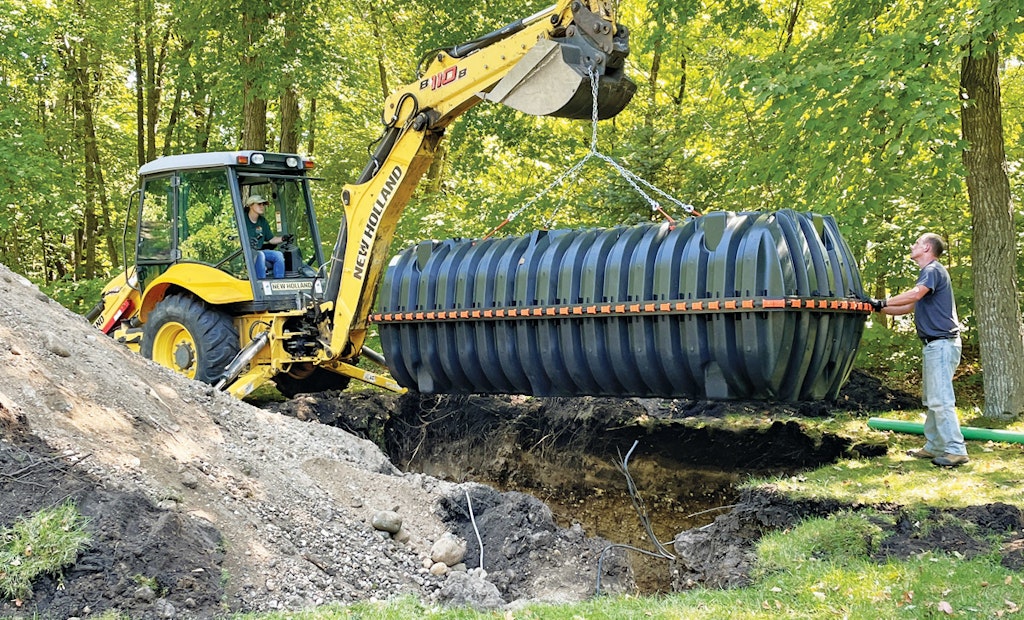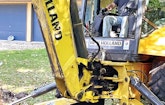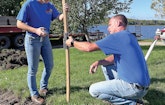
Chris Ohm guides an Infiltrator Water Technologies IM-1530 tank into place, while Olivia Ohm is behind the controls of the New Holland backhoe. (Photos by Keri Heibel)
It took some arm-twisting for Grant Ohm to get his son to give up a career in corporate finance and take over his onsite wastewater treatment business.
But since 2018 when he assumed ownership of Ohm Excavating in Audubon, Minnesota, Chris Ohm has expanded and diversified it. The...









